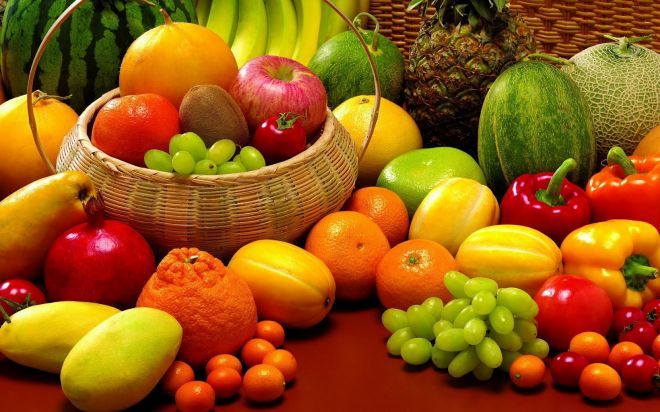Exports of Mexican avocados, Ecuadorian bananas, and Peruvian blueberries reflect Latin America‘s success in fruit exports worldwide.
In 2024, global fruit exports totaled $160.647 billion, representing a year-on-year increase of 9.6% and a record high.
Of the 10 largest exporters, three were Latin American: Mexico in third place, Chile in fifth, and Peru in ninth.
There is also momentum in agribusiness. For example, fruit pulps are gaining ground in global trade. This processed product facilitates transport, extends shelf life, and diversifies supply. It also encourages innovation in juices, desserts, and ice cream, strengthening the added value of exports.
Fruit exports worldwide
International fruit trade opens markets and brings flavors closer together. At any time of the year, consumers can find products that are impossible to produce locally due to climate or season. Thus, mangoes from Mexico arrive in Europe in winter and cherries from Chile at Christmas. This constant flow makes fruit a driver of food diversity and a key factor in global economic dynamism.
Below are the 10 largest fruit exporters in the world in 2024, in millions of dollars and year-on-year rates, according to data from the World Trade Organization:
- United States: (16,421, +10 percent).
- Spain: (11,245, +6 percent).
- Mexico: (9,564, +10 percent).
- Netherlands: (9,388, +11 percent).
- Chile: (8,289, +24 percent).
- Vietnam: (7,814, +11 percent).
- China: (7,212, +22 percent).
- Thailand: (6,651, -4 percent).
- Peru: (6,470, +18 percent).
- Turkey: (6,296, +17 percent).
Success stories
In 2024, Mexico consolidated its position as the world’s largest avocado exporter, with sales of $3.783 billion. It also led foreign sales of strawberries ($846 million), lemons ($844 million), and papayas ($133 million). Its share of global exports was 40.7% for avocados, 21.7% for strawberries, 20.2% for lemons, and 39.6% for papayas.
Mexican production of tomatoes, peppers, berries, cucumbers, and melons has grown in recent years. This was made possible by heavy investment in greenhouses and technological innovations. As a result, Mexico now accounts for almost half the value of U.S. fruit and vegetable imports.
Peru took the lead in blueberries and grapes, with exports of $2.27 billion and $1.71 billion, respectively. Its global share reached 8% for blueberries and 13.6% for grapes.
Meanwhile, Chile ranked first in cherries ($3.087 billion, 55.1% of the world total), plums ($308 million, 23.8%), and prunes ($255 million, 38.6%).
Fruit exports generate millions in foreign exchange and create rural jobs. They also strengthen value chains and consolidate Latin America’s position as a strategic supplier in global trade. In doing so, they diversify markets and contribute to economic stability and food security.
Other major fruit exporters in 2024 were Ecuador ($4.268 billion), Costa Rica ($2.779 billion), and Colombia ($1.822 billion). Ecuador leads the world in banana exports, with $3.67 billion and a 25.6 percent share.
Latin American fruits not only sustain the economy. They are also a source of nutrition. They provide vitamins, minerals, and antioxidants that strengthen defenses, improve digestion, and prevent disease. In this way, they consolidate their place as pillars of a healthy and balanced diet.

